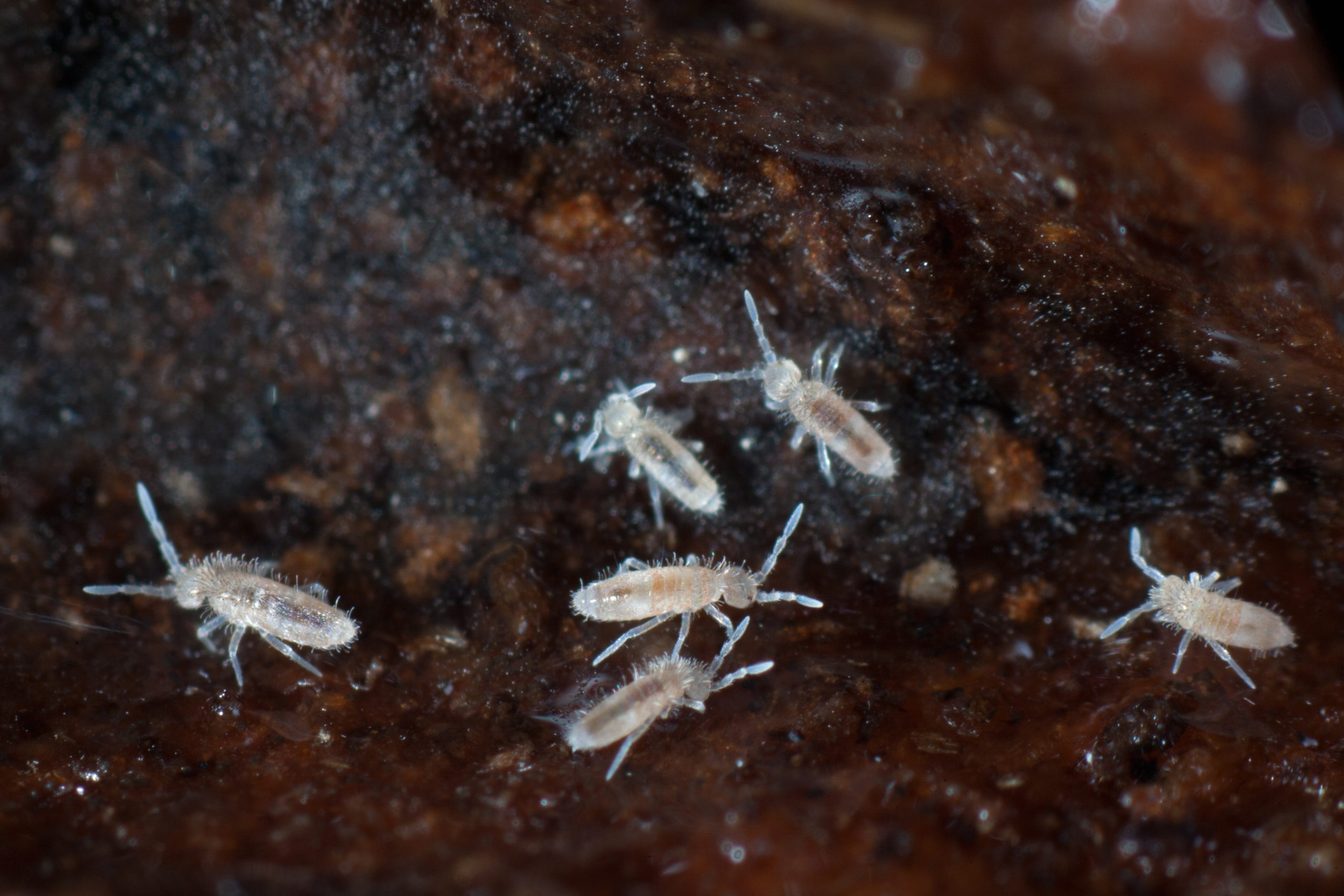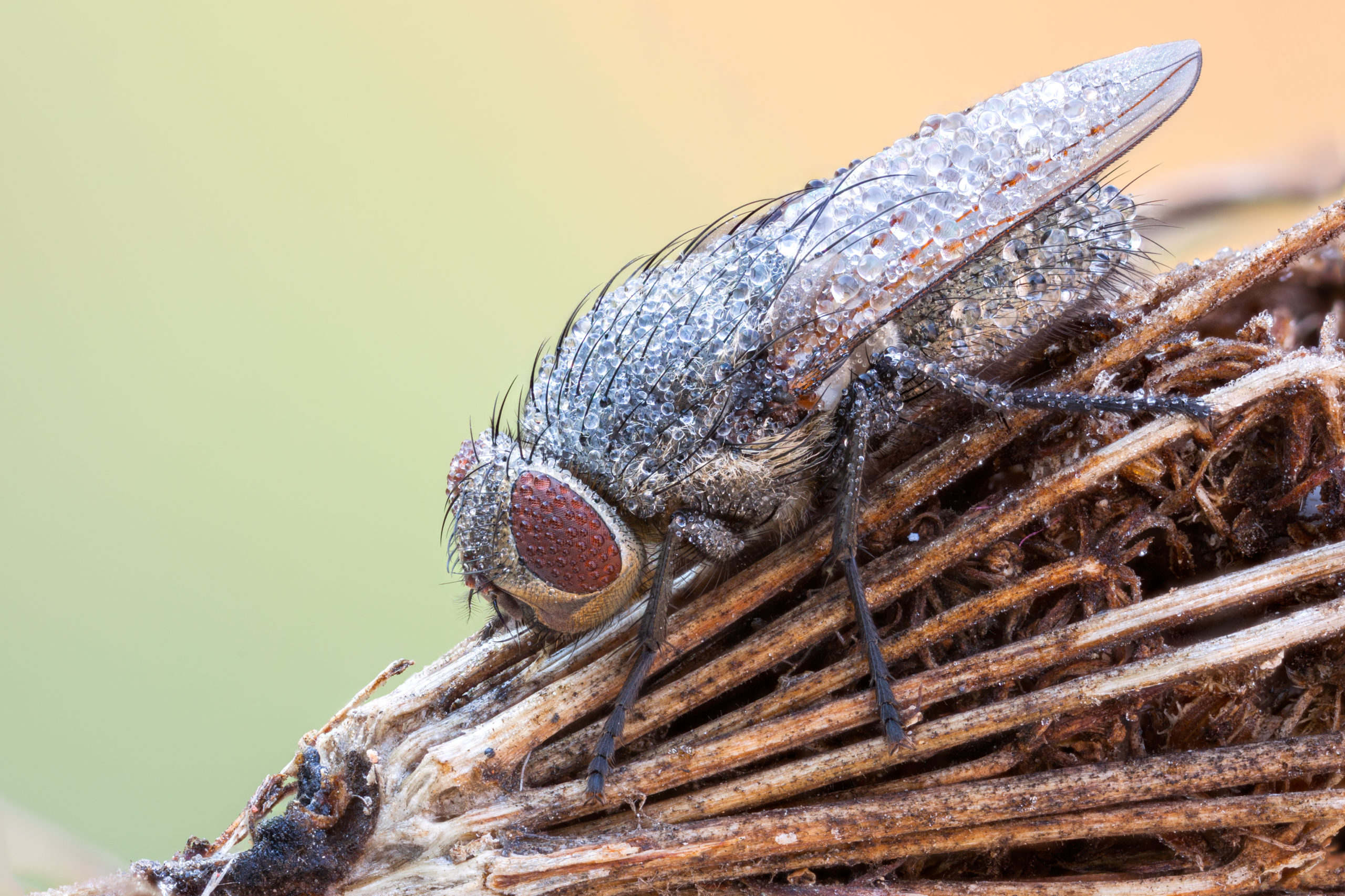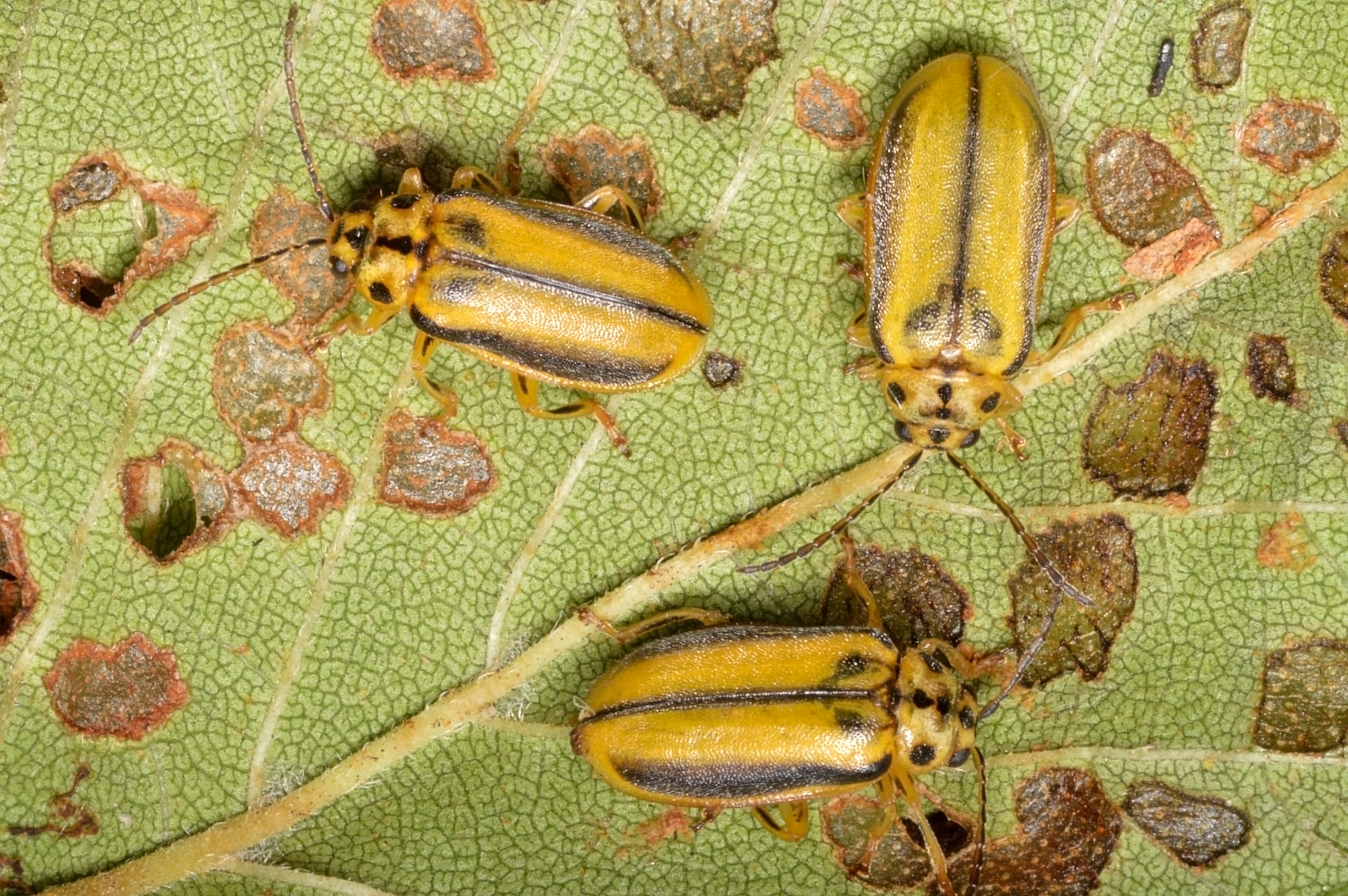What Kind of Insect is That!? – Part 5
What Kind of Insect is That!? – Part 5
In this blog series, we look at some very odd insects that you may encounter in Illinois. In this first blog, we explore: Springtails, Cluster Flies, and Elm Leaf Beetles.
Springtails
The name “springtail” might make you picture the beloved children’s story character Tigger from Winnie the Pooh who is always jumping around. Well, while these bugs aren’t nearly as cute as that lovable tiger, you wouldn’t be too far off. Springtails are famous for jumping around, especially when approached or startled, and are described as looking like tiny spots pop-corning off the floor. On average, these bugs measure about 1/8 inch, which, unfortunately, makes it very easy for them to access homes. Springtails are naturally found in soil but, in times of drought or excessive moisture, they can make their way into homes for shelter and to seek out sources of water. Luckily, they do not survive well indoors and will often die after a short time. They can also be easily removed by simply vacuuming them up or sweeping them out of your home; no professional pest control treatments required for these little jumpers. However, preventative treatments, especially exclusion work, can help you avoid ever running into springtails in your home. 
Cluster Flies
Cluster flies very closely resemble the common house fly but can easily be distinguished by the way they hold their wings while at rest. House flies hold their wings out at a bit of an angle, forming a triangular shape, while cluster flies rest their wings straight back against their body, complimenting their natural oval shape. While they are frequent home invaders, cluster flies are harmless to humans aside from their annoying behaviors. As with most flies, prevention is key as treatment is typically impossible once they’ve invaded home. By keeping doors and windows closed and ensuring that there are no cracks or gaps leading into your home, you are very unlikely to end up with any cluster fly problems. 
Elm Leaf Beetles (Xanthogaleruca luteola)
As their names suggest, these little beetles feed on the leaves of elm trees. The adult beetles eat through the leaves, creating holes, while their larvae feed on the surfaces of the leaves, causing damage known as “skeletonizing,” which causes the leaves to take on a lace-like appearance. Measuring in at roughly ¼ inch long, these oval shaped bugs can easily be seen crawling around on elm leaves. As larvae, they resemble bright yellow caterpillars that develop into adults through three different instars (stages of growth). As adults, elm leaf beetles can be either a darker yellow or olive-green with three black stripes along their backs (two on the sides, and one down the center). Unfortunately, there are only a handful of natural predators that feed on these garden pests. This short list includes stink bugs and parasitic wasps, both of which are equally as undesirable as elm leaf beetles. Furthermore, these bugs can switch from garden pests to in-home pests seasonally. In late summer and early fall, as the weather begins to cool down, elm leaf beetles will seek shelter in homes to avoid the coming winter. Thankfully, regular pest control treatments form a barrier around your home which can prevent these bugs, and countless others, from targeting your home.

Citations
Cranshaw, W. S. (2018) Elm Leaf Beetles, Colorado State University Extension. Available at: https://extension.colostate.edu/topic-areas/insects/elm-leaf-beetles-5-521-2/ (Accessed: June 18, 2021). Dreistadt, S. H. and Lawson, A. B. (2014) How to Manage Pests, University of California Integrated Pest Management Program. Available at: http://ipm.ucanr.edu/PMG/PESTNOTES/pn7403.html (Accessed: June 18, 2021). Occasional Invaders (2009) Illinois Department of Public Health. Available at: http://www.idph.state.il.us/envhealth/pcoccasional_invaders.htm (Accessed: June 18, 2021).
Request a Free Quote Today
(We do not share your data with anybody, and only use it for its intended purpose)


